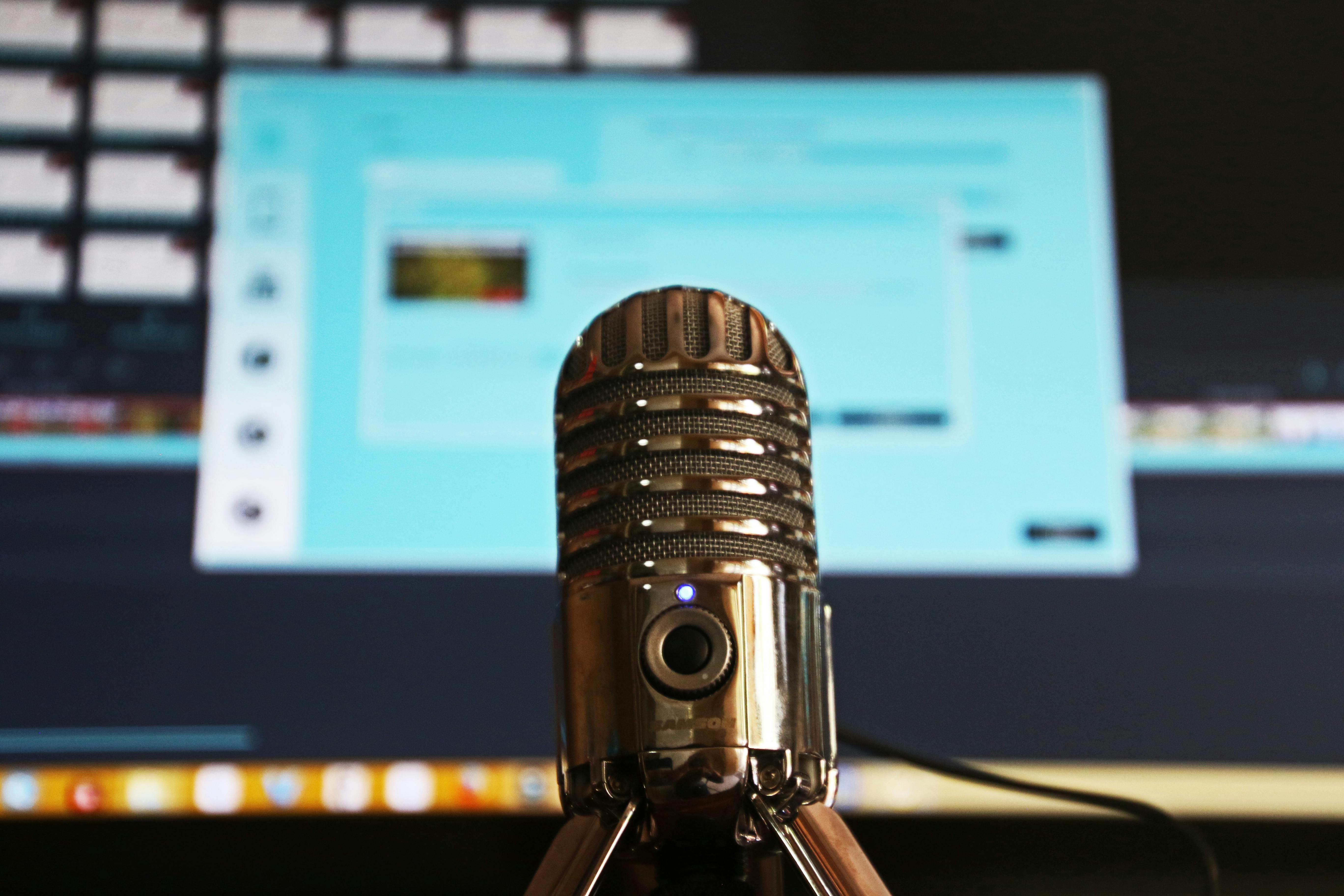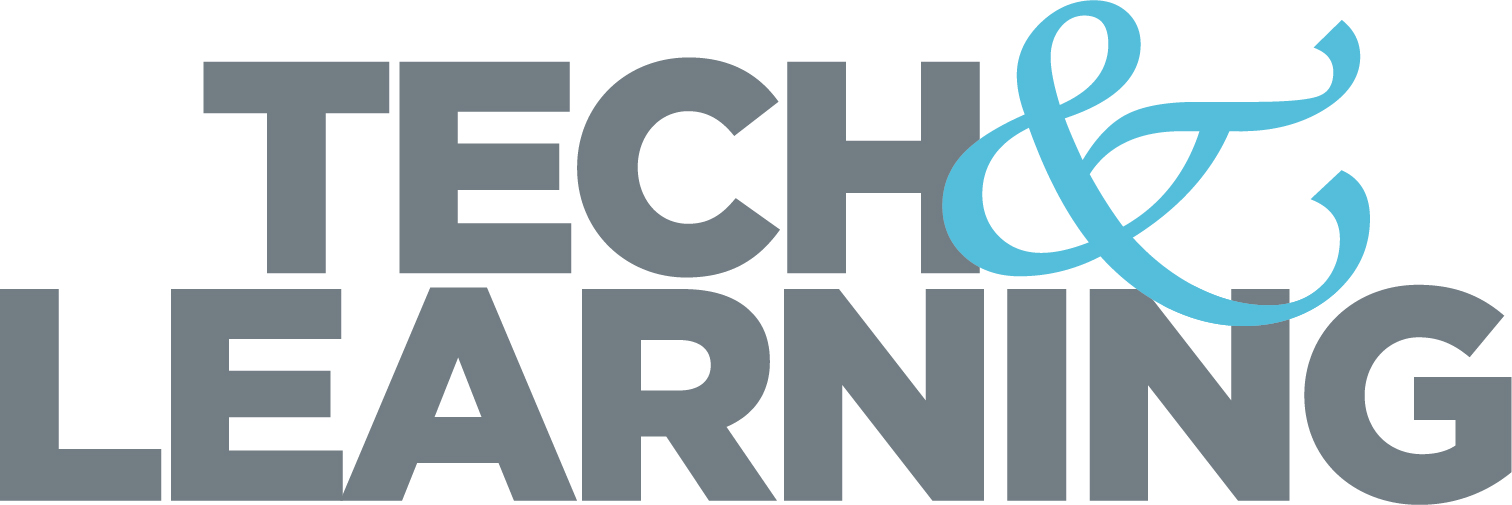Inside the High-tech Learning Spaces of AmTech Career Academy
AmTech Career Academy won Most Innovative Learning Spaces at Tech & Learning’s Innovative Leader Awards in Orlando in January.
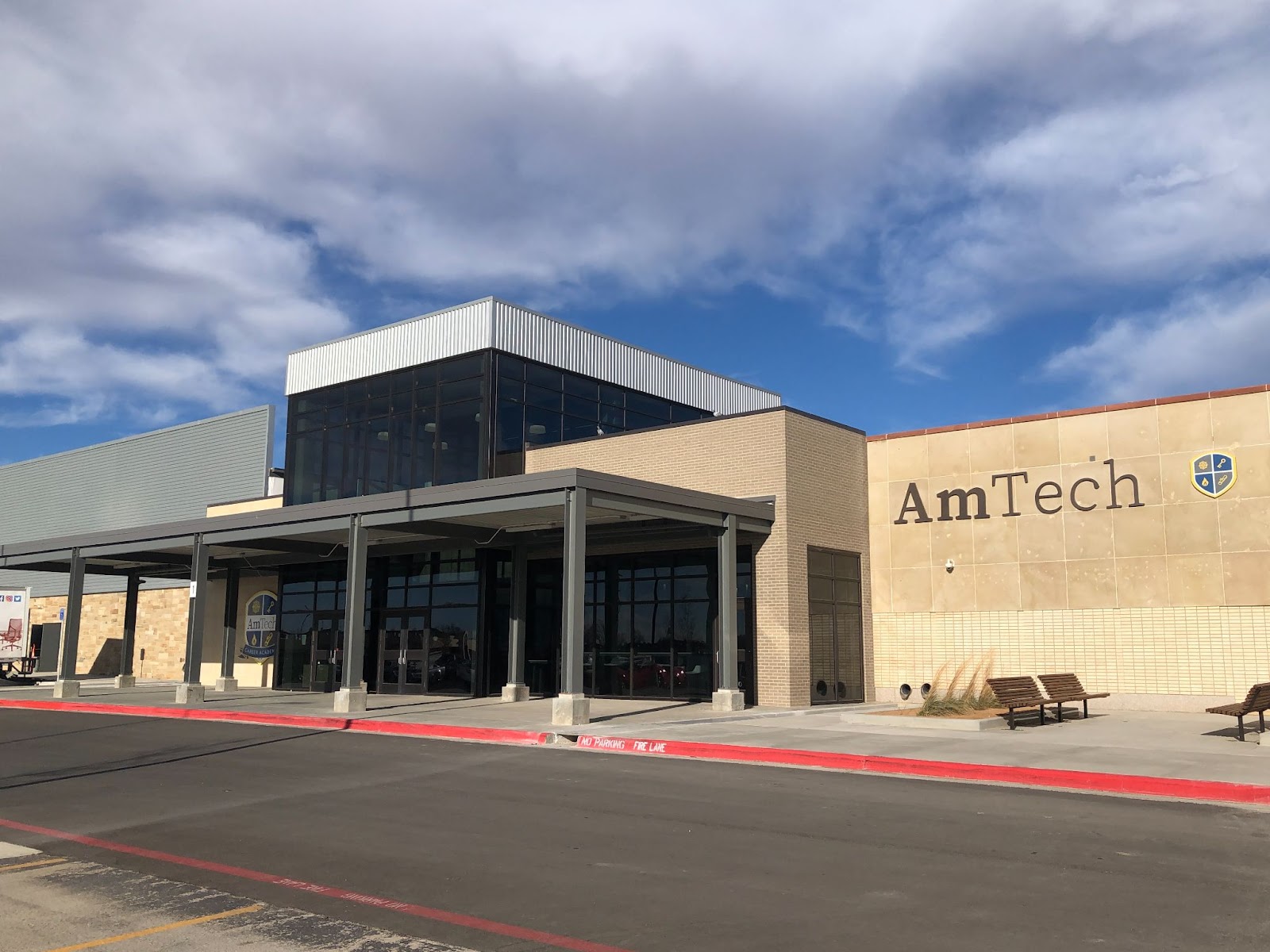
There is nothing “typical” about the classrooms at AmTech Career Academy in Amarillo, Texas.
The 235,000-square-foot facility features flight simulators, a robot/drone coliseum, an esports arena, VR simulators for medicine and law, and many more cutting-edge learning environments.
“It’s really providing what students are after and that is that hands-on, real-world experience,” says Jay Barrett, principal of AmTech Career Academy. “Here’s the industry I think I want to go into, so tell me what it’s really like. Give me something to do with my hands and let me experience that and I’ll see if I like that or not.’”
AmTech Career Academy won Most Innovative Learning Spaces at Tech & Learning’s Innovative Leader Awards in Orlando in January. The high-tech academy opened in August of 2021.
Nominate someone for the Tech & Learning Innovative Leader Award here
The Students
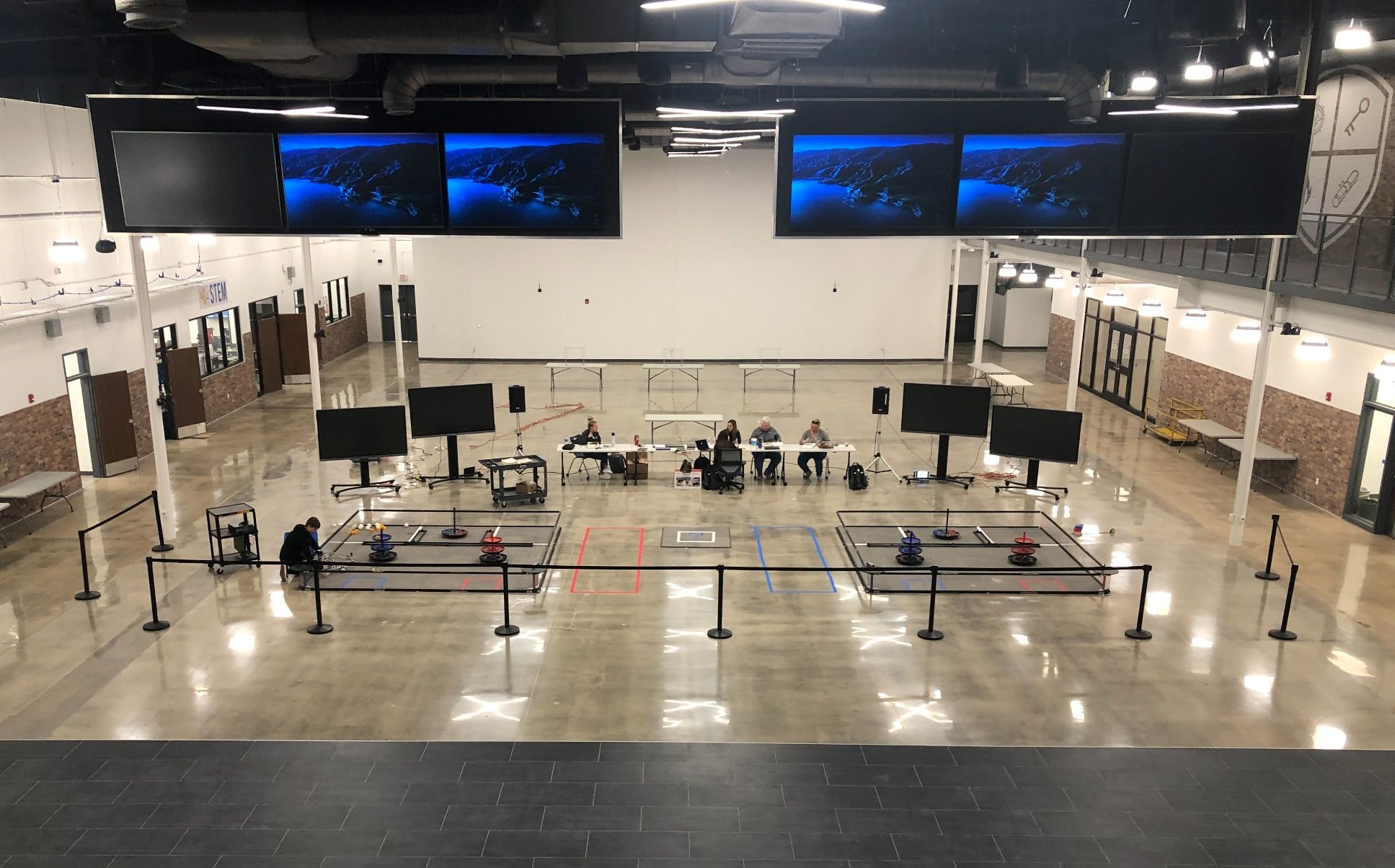
AmTech Career Academy currently serves 1,900 students, however, nearly 3,200 are scheduled to attend next school year. Students are drawn from five different high schools within Amarillo ISD.
Students choose a major from more than 35 career pathways and generally minor in a second pathway. They take all their standard education classes, such as science or social studies, at their “home” high school, while everything they learn at AmTech is career-oriented. For example, instead of algebra, students at Amtech take math geared toward medical or technical fields. “If you are in medical arts, you would really benefit by taking Math for Medical Professionals,” says Barrett. This class teaches students practical applications such as calculating and converting medication dosages.
Tech & Learning Newsletter
Tools and ideas to transform education. Sign up below.
Similarly, the academy only offers one English class, which is focused on business writing. “It teaches them professional communication,” Barrett says. “How to write a resume, how to set up a meeting, how to conduct a meeting, how to create technically professional emails, text messages, etc. So it's the kind of class that creates transferable skills, whether you're going to be in HVAC and plumbing, or whether you're going to be in a corporate office.”
The Facilities
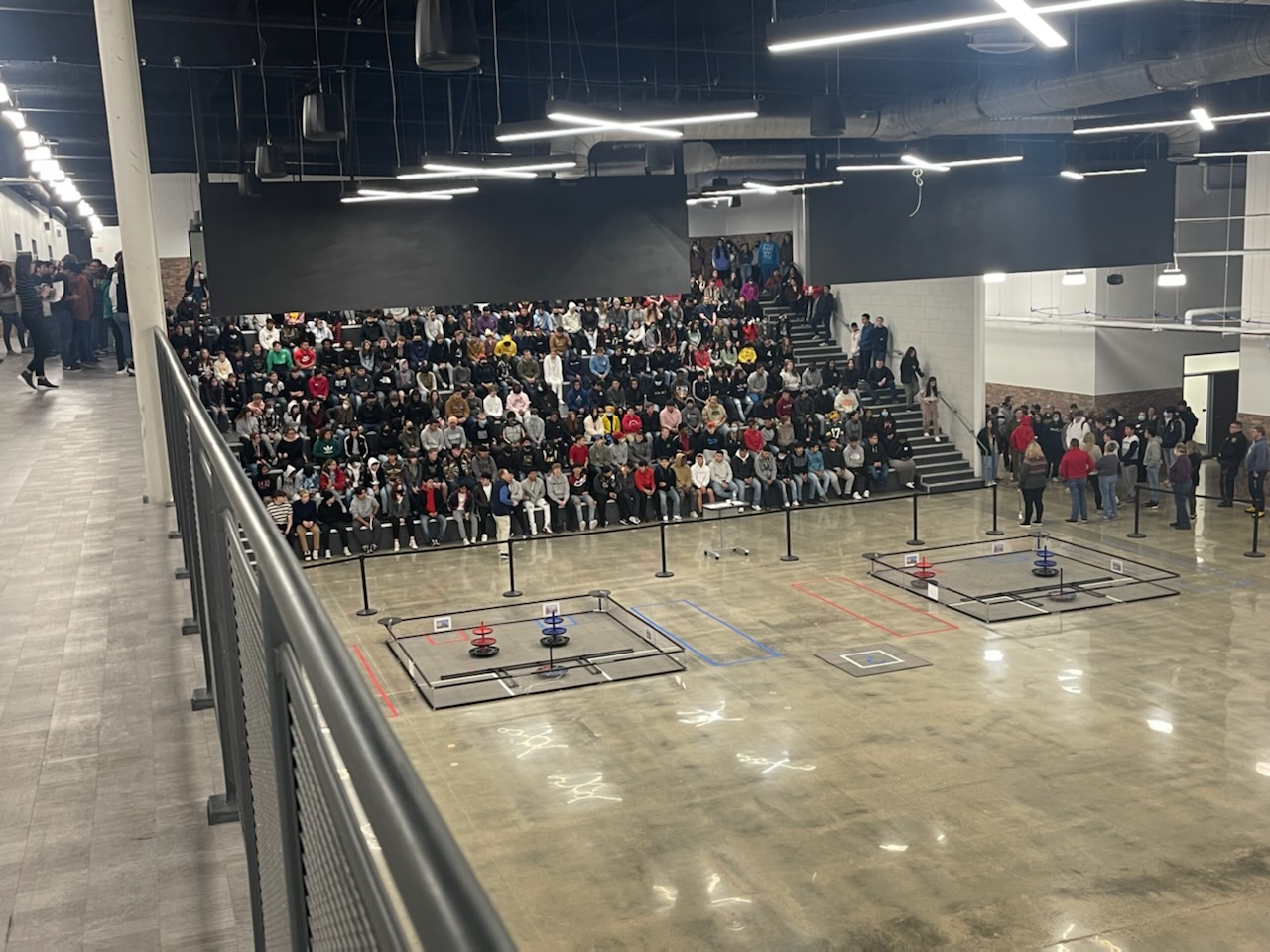
Medical arts is one of the most popular career pathways at the academy and students concentrating on that get the opportunity to work within a medical simulation lab. “We've got mannequins that actually can breathe, that can blink, that can speak,” Barrett says. “Then you can put them into cardiac arrest, and students have to go into action.”
The facility also has a cadaver lab with virtual human and animal cadavers that students get to learn from.
The law and public service classrooms include a courtroom and 911 simulation center as well as an immersive police trainer. “You put on the headset and you are literally dropped into the middle of a scene where you've got to disperse a crowd on Miami Beach or maybe you're making a traffic stop,” Barrett says.
The school’s robot/drone coliseum hosts robotics competitions and lessons, and features a drop-down net above which drones can be flown safely indoors. This allows students to train to become licensed drone pilots.
AmTech Career Academy is also home to a complete audio and visual production studio, and a “Smart Factory” that mimics the use of robotics in factories.
“Every single space that we have, we have some hands-on aspect,” Barrett says. “We have spared no expense in creating the spaces that our students need to really be on the cutting edge of their chosen field of study. Our only concern is that when students actually leave our campus and go into industry, they're going to have to learn how to use older equipment.”
To see more, check out AmTech's Facebook page.
Erik Ofgang is a Tech & Learning contributor. A journalist, author and educator, his work has appeared in The New York Times, the Washington Post, the Smithsonian, The Atlantic, and Associated Press. He currently teaches at Western Connecticut State University’s MFA program. While a staff writer at Connecticut Magazine he won a Society of Professional Journalism Award for his education reporting. He is interested in how humans learn and how technology can make that more effective.








